-
Welcome to Tacoma World!
You are currently viewing as a guest! To get full-access, you need to register for a FREE account.
As a registered member, you’ll be able to:- Participate in all Tacoma discussion topics
- Communicate privately with other Tacoma owners from around the world
- Post your own photos in our Members Gallery
- Access all special features of the site
Soldering vs. Twist Connectors on Radio Harnesses & General 12v Electrical
Discussion in 'Audio & Video' started by BartMaster1234, Dec 6, 2016.
Page 1 of 2
Page 1 of 2


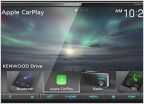 Upgrading 07 head unit?
Upgrading 07 head unit?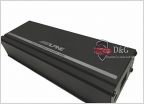 2014 double din upgrade
2014 double din upgrade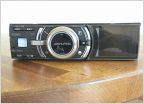 Purchasing aftermarket stereo system, just a few questions!
Purchasing aftermarket stereo system, just a few questions!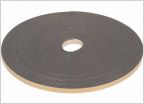 Buzzing interior panels
Buzzing interior panels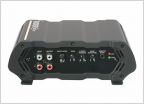 Subwoofer Help?
Subwoofer Help?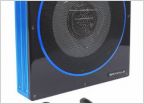 Anyone ever install Bass under passenger seat?
Anyone ever install Bass under passenger seat?

